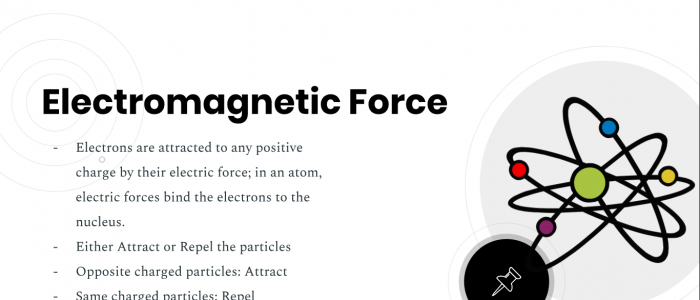Atoms is a very small element. Even though we can’t see them visually, but it is one of the consideration topics that we should learn about. This round I’ve been learning about Atom Family. To give us more understanding about Atoms family, the facilitator gave us a few paragraphs that could explain it and I found it very helpful for this science learning.
In the center of Matterville, there is a place called the Nucleus Arcade, where two members of the Atoms Family like to hang out. Perky Patty Proton, like her sisters, is quite large with a huge smile and eyes that sparkle (+). Patty is always happy and has a very positive personality. Nerdy Nelda Neutron is large like Patty, but she has a boring, flat mouth and eyes with zero expression (o). Her family is very apathetic and neutral about everything. Patty, Nelda, and their sisters spend all their time at the arcade.
Around the Nucleus Arcade, you will find a series of roadways that are used by another member of the Atoms Family, Enraged Elliott Electron. Elliott races madly around the Arcade on his bright red chrome- plated Harley-Davidson. He rides so fast that no one can be sure where he is at any time. Elliott is much smaller than Patty and Nelda and he is always angry because these bigger relatives will not let him in the Arcade. He has a frown on his face, eyes that are squinted with anger, and a very negative (-) attitude.
The first energy street can only hold only two Electron brothers. The second energy street, called the Energy Freeway, can hold 8 brothers. The third energy street, called the Energy Superhighway, can hold 18 of the brothers.
The morale of Matterville is stable as long as each negative Electron brother is balanced out by one positive Proton sister. The number of residents in Matterville
depends on the Proton and Neutron families.
Challenge: What would happen to the morale of Matterville if one Elliott Electron was kidnapped?
As you’re reading through the Atom Family paragraphs above, I hope that you learnt something about it.
On the second week, our facilitator assigned us the topic, research about it and teach everyone in the class. I was assigned to present and teach about Atomic Force. Basically, Atomic Force is the reaction when two particles charge either repel or attract each other. Basically, there are four types of Atomic Force which have different roles; Strong Force, Weak Force, Gravitational Force, and Electromagnetic Force. These are my team slideshow to help more understanding about Atomic Force:
In conclusion, I enjoy learning about atoms because it is interesting to learn about things that we don’t see. I’m excited to get to know more about these topics and it would be very fascinating thing if I could see them with microscope!










